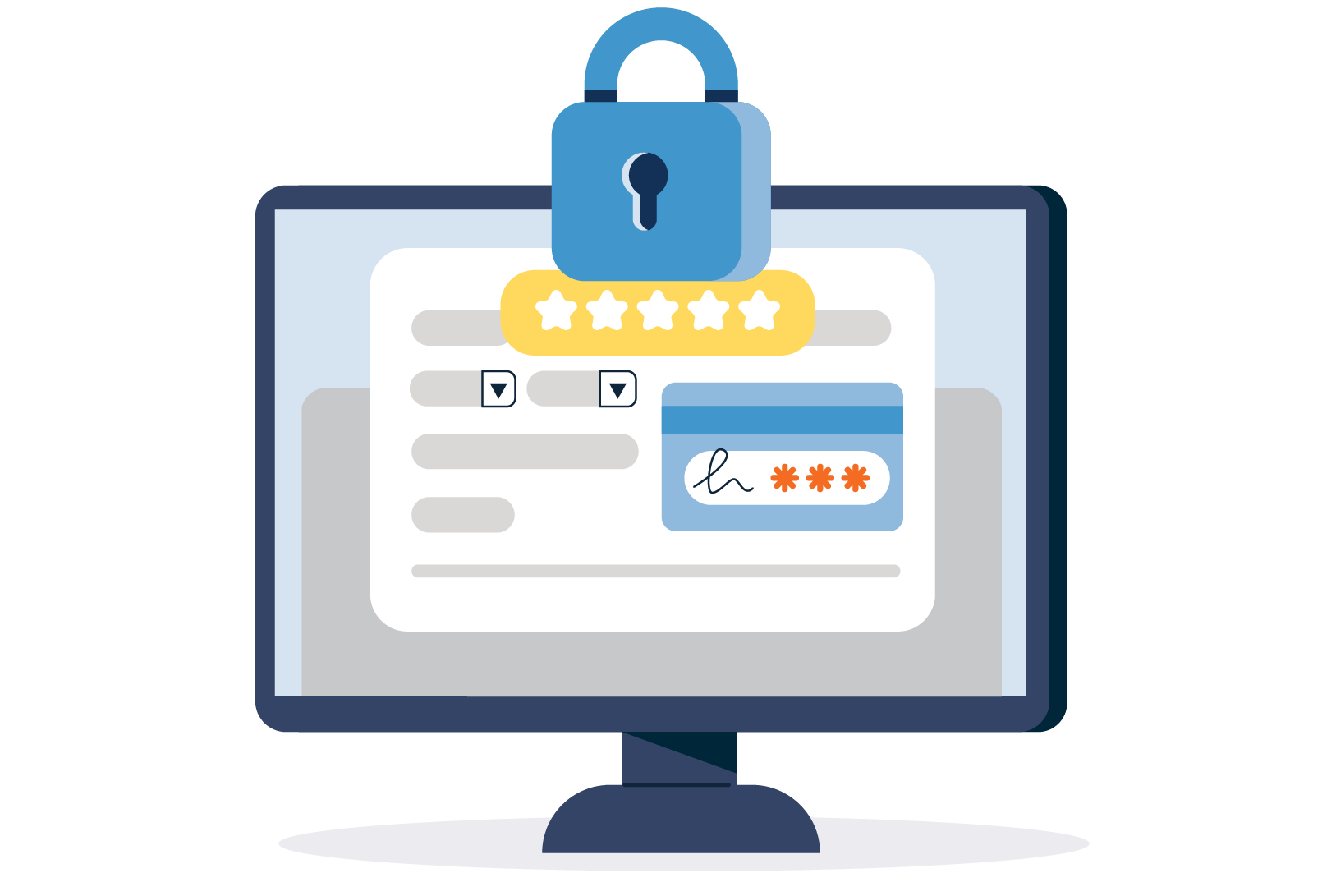The chargeback process is like a court case where you, the business, need to prove your case. Gather clear and detailed information to convince the chargeback department that the transaction was legitimate.

Protect Your Business
Advanced Fraud Prevention Techniques
Are you losing revenue to fraudulent charges and costly chargebacks? Let’s go over some steps that you can use to fortify your defenses and protect your bottom line. We'll show you how to leverage Address Verification Services (AVS) and reveal additional security measures you can put in place today.
Address Verification Services (AVS) and why you need it.
AVS is a powerful tool and should be used alongside other security measures for maximum defense.
Block Fraudulent Transactions
Turning on AVS verifies the billing address provided by the customer matches the address on file with the card issuer. It's your first line of defense in identifying unauthorized transactions before they hit your books.
Make Informed Decisions
With AVS confirmation, you can approve transactions with confidence, knowing the billing address is legitimate. This minimizes the risk of chargebacks and protects your revenue.
Gather Evidence to Fight Chargebacks
If a chargeback arises, AVS data is your evidence. It demonstrates the transaction originated from the legitimate cardholder's verified billing address, strengthening your case.
Preventing Chargebacks: The Action Plan
Decline Suspicious Transactions
Don't be a hero! If a transaction is declined or authorization fails, never process it anyway. This exposes you to financial risk and potential chargebacks.
Create Clear Policies
Make sure your refund policies are clear and readily available. Display them at the point of sale, on receipts/folios, on websites, and on email correspondences with the cardholder.
Double Check Details (especially online)
For online reservations, utilize AVS and Card Verification Value (CVV) for all transactions. AVS verifies billing addresses, while CVV confirms the customer physically has the card.
Spot Red Flags
Be on the lookout for transactions that seem fishy. If a card appears suspicious, or the customer hesitates, request an alternative payment method.
Process Quickly
Once a transaction is authorized, process it for billing within seven days. Authorization codes expire after that timeframe.
Embrace Secure Technology
Invest in EMV-compatible terminals and payment solutions to leverage chip card technology for enhanced security.
By following these steps and leveraging AVS, you can significantly reduce your risk of chargebacks and safeguard the revenue stream for your business.

Responding to Chargebacks Like A Pro
Respond to chargeback notices promptly with comprehensive documentation that supports your position. Here's what strengthens your case:
- A legible copy of the signed folio/receipt, contract, and/or authorization form.
- Tangible indications that the customer is satisfied with the purchase/service.
- Anything that proves quality of the item(s) or that service was acceptable.
- Correspondence between the cardholder and the merchant that proves the business spoke to the cardholder or received a letter stating they acknowledged the validity of the transaction.
- Communication records with the cardholder proving transaction validity (written confirmations).
- Evidence of a captured EMV chip transaction or authorization approval from virtual card issuers
Typically, businesses only have ten days from the notification date to respond with evidence to the chargeback department. If the merchant accepts the chargeback and deems it valid, no response is required.

Extra Shields for Your Defense
Have accounting periodically run reports from the terminal, POS, and/or PMS to ensure this and conduct further training to stress the importance of this safety measure to your employees.
- Have a strict policy on the use of third-party credit card authorization forms.
- Ensure that your authorization form requires the cardholder’s name, credit card billing address, and signature.
- Require the cardholder to securely email or fax over a copy of their credit card and photo ID. If you are unable to do this, require that their payment is made in advance or a deposit when using a credit card authorization form. This is especially important for large amounts of money.
- Capture and review AVS to ensure the system provides a “Y-YES” match for the numerical street address and ZIP code.
- Ship to the billing address that received the AVS response of “Y-YES,” and avoid shipping to alternate addresses not scored through AVS.
When processing a refund, only refund the same card that was originally charged. This is very important since the cardholder can claim that they never received the refund, causing you to lose your case.
